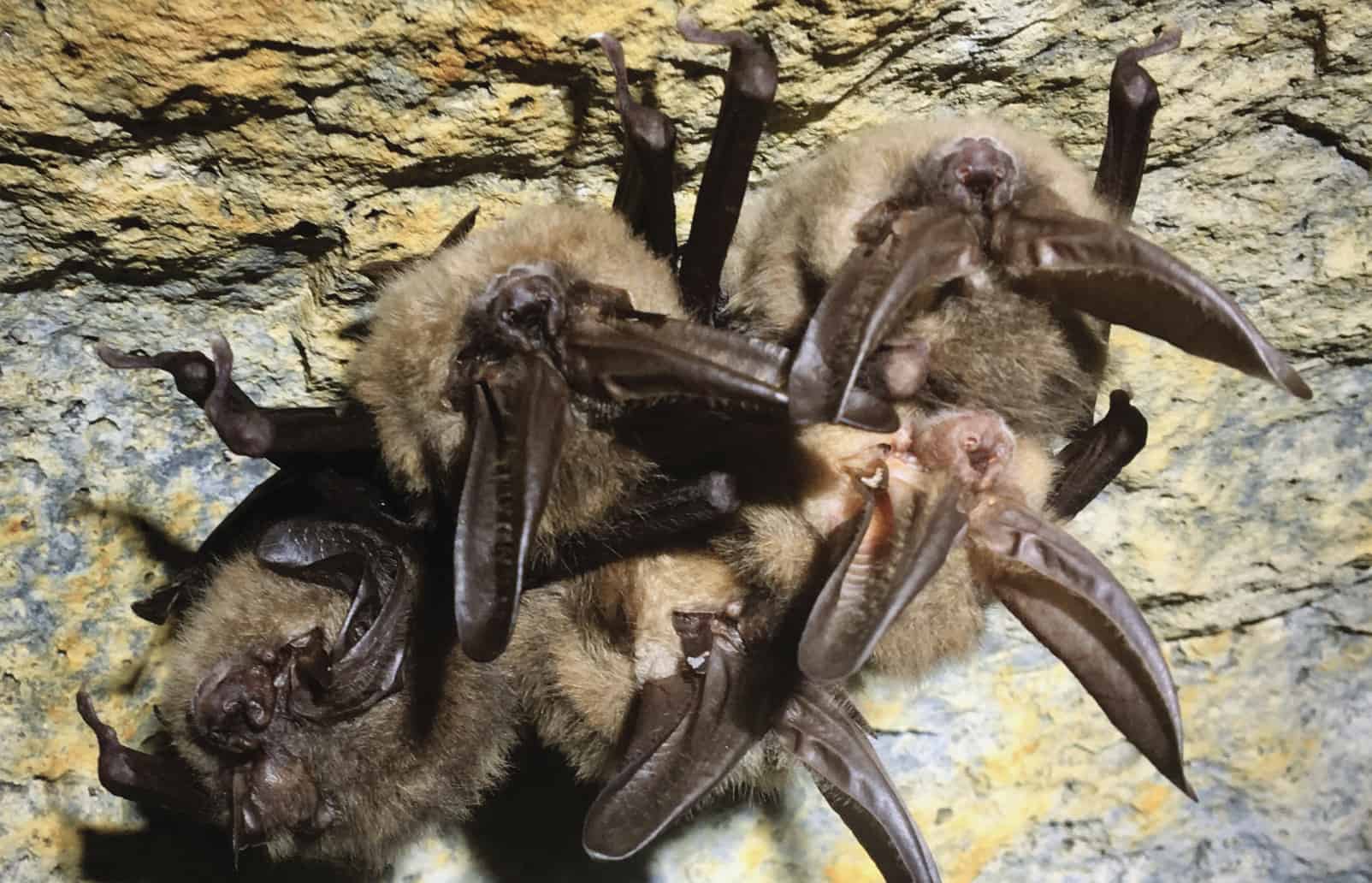Share this article
USFWS proposes changes to red wolf management
The U.S. Fish and Wildlife Service announced potential changes to the management of a nonessential experimental population of red wolves (Canis rufus) found in North Carolina. Public comments on the changes and the draft environmental impact statement close on July 30.
The Federal Register announcement states that current regulations lack the flexibility to promote coexistence between red wolves and people and that the changes would incorporate more recent scientific findings on red wolf management.
Red wolves were protected as a federal endangered species in 1967 and are considered one of the most endangered species of wolf in the world. In 1980, the species was declared biologically extinct in the wild when the remaining red wolves were removed from the wild to support a captive breeding program aimed at reviving their population.
A 2016 study suggested that red wolves may be better classified as a recent subspecies of gray wolves (Canis lupus) created by hybridization with coyotes., while other research suggests they may be more closely related to the eastern wolf (Canis lycaon). Since red wolves are currently protected as an individual species, research supporting changing their classification as a subspecies could affect their listing status under the Endangered Species Act since USFWS does not have a clear policy on protections for hybrids. A study published in June 2018 concludes that regardless of the evolutionary path, red wolves meet the qualifications to be considered a distinct population segment and therefore retain ESA protections.
Several experimental reintroductions have largely failed over the years. The program in North Carolina’s Albemarle Peninsula has been the most successful, with the population peaking at an estimated 120 to 130 individuals in 2006. The population has declined since then, largely due to human-related mortality and hybridization with coyotes (Canis latrans).
Coyotes were not present in the North Carolina recovery area in 1986 when the experimental population was first established, but since then they have spread into the area. Landowners interested in controlling coyote populations have often conflicted with federal efforts to restore red wolves. The newly proposed regulations are intended to allow more active control of coyote populations to benefit red wolves and ensure landowner participation.
The proposed regulations would maintain a small group of actively-managed red wolves in a management area that would include Alligator River National Wildlife Refuge and the Dare County Bombing Range. This population would provide a source of red wolves raised in natural conditions, which would help facilitate natural selection and future reintroduction efforts. Any wolves that left the management area would still be considered part of the experimental population, but there would be no prohibitions against take outside the management area. The only requirement would be that USFWS be notified within 24 hours if radio-collared animals are killed.
This approach is aimed at cutting costs by focusing efforts on federal lands and reducing conflicts with state agencies and private landowners by allowing them a more active role in management.
The article was updated on July 16,2018 to better reflect recent literature regarding the red wolf’s status as a species and implications for management under the ESA.
Header Image: A captive breeding program has helped prevent red wolves from going extinct. ©Ford Mauney/USFWS








